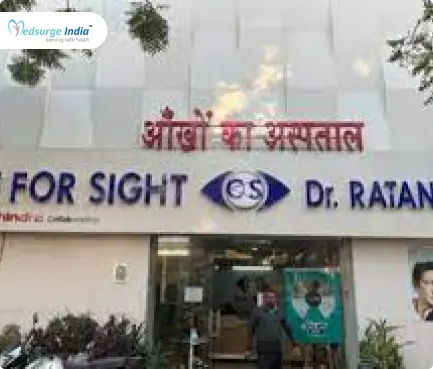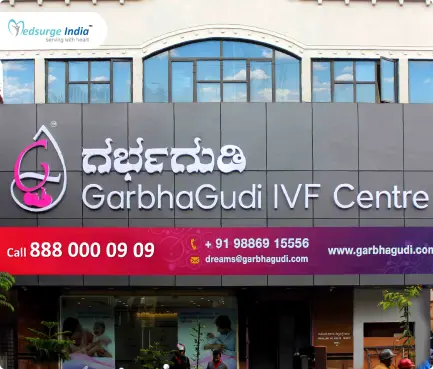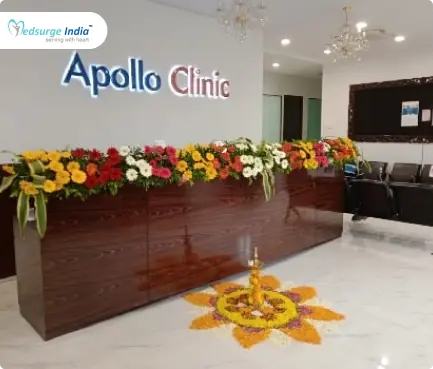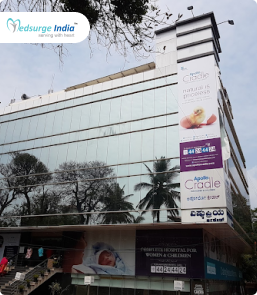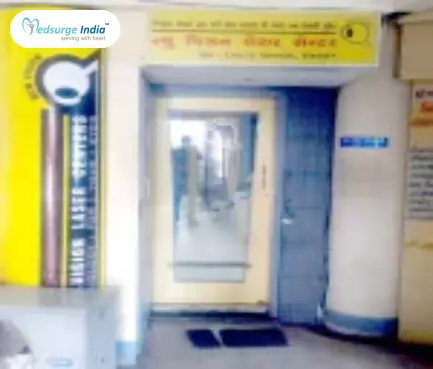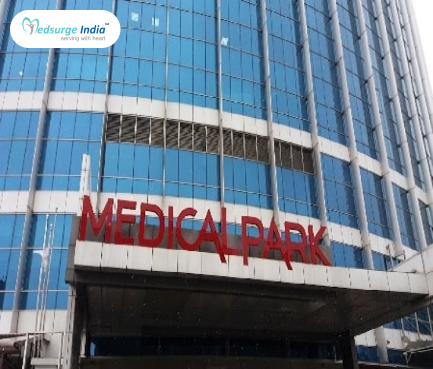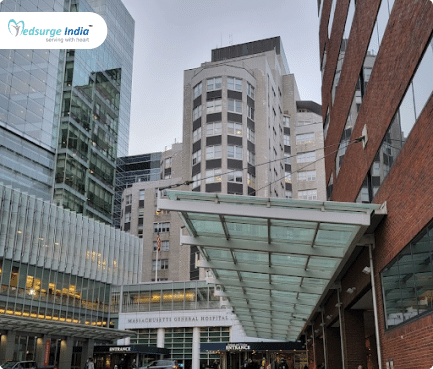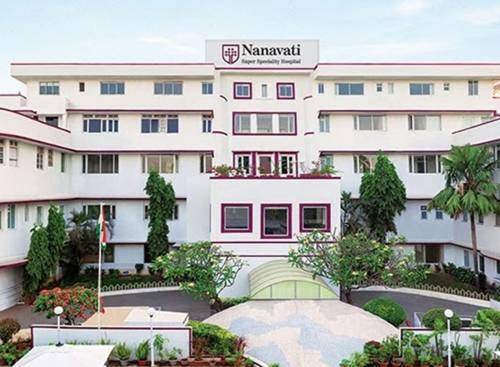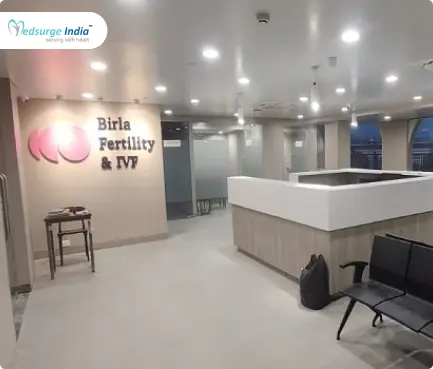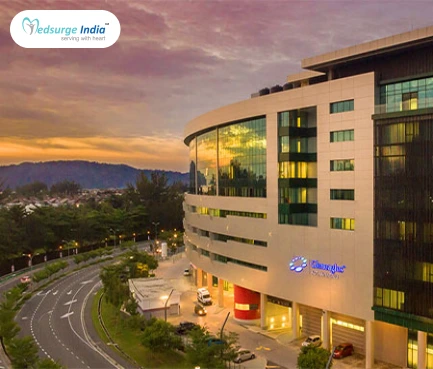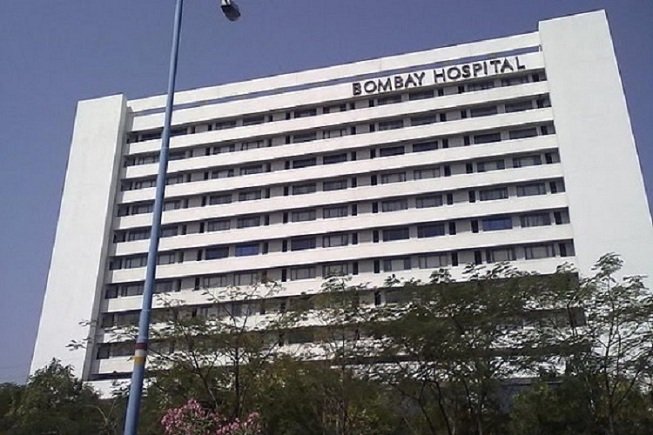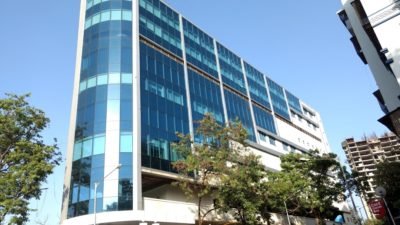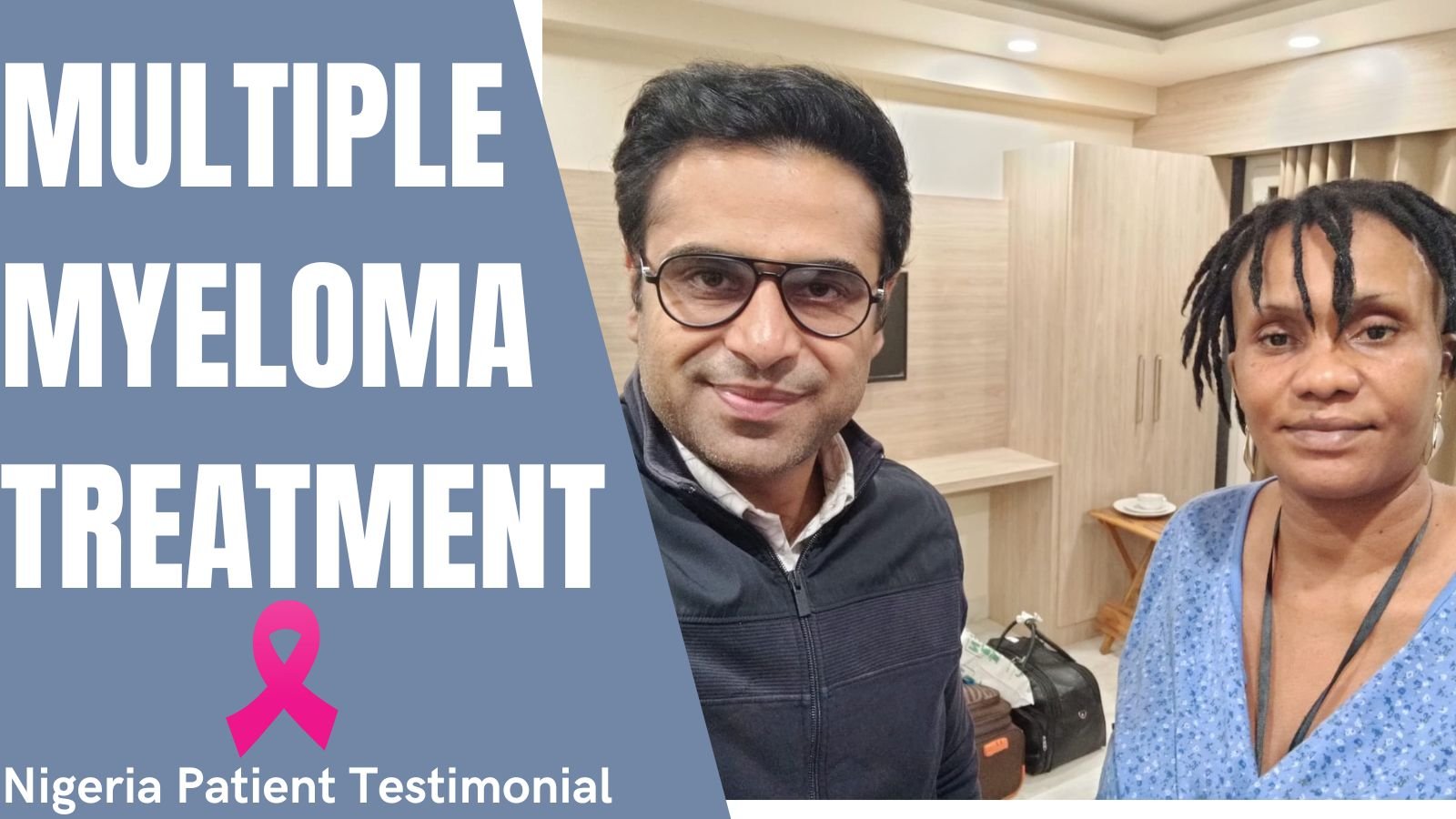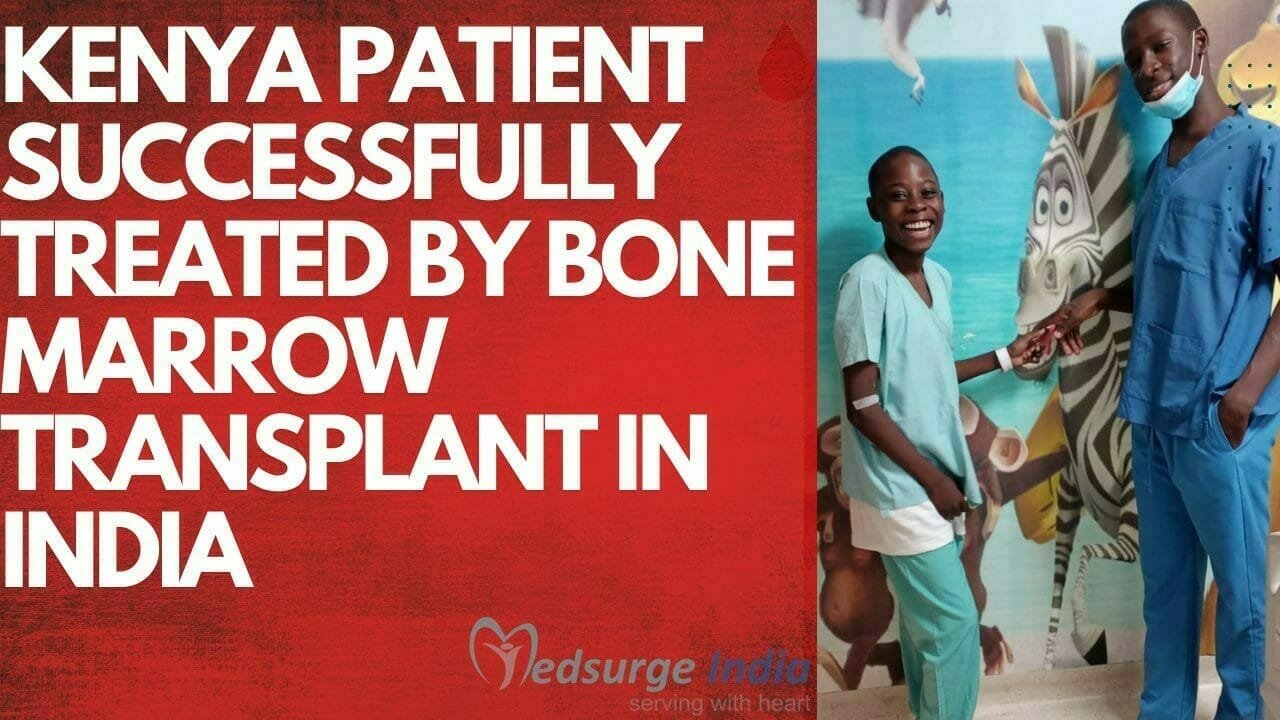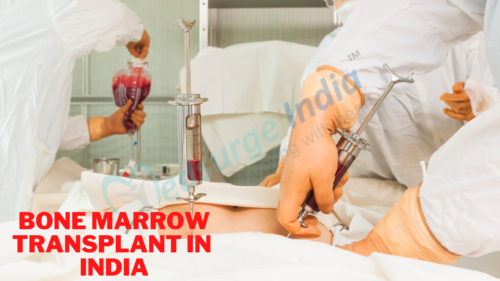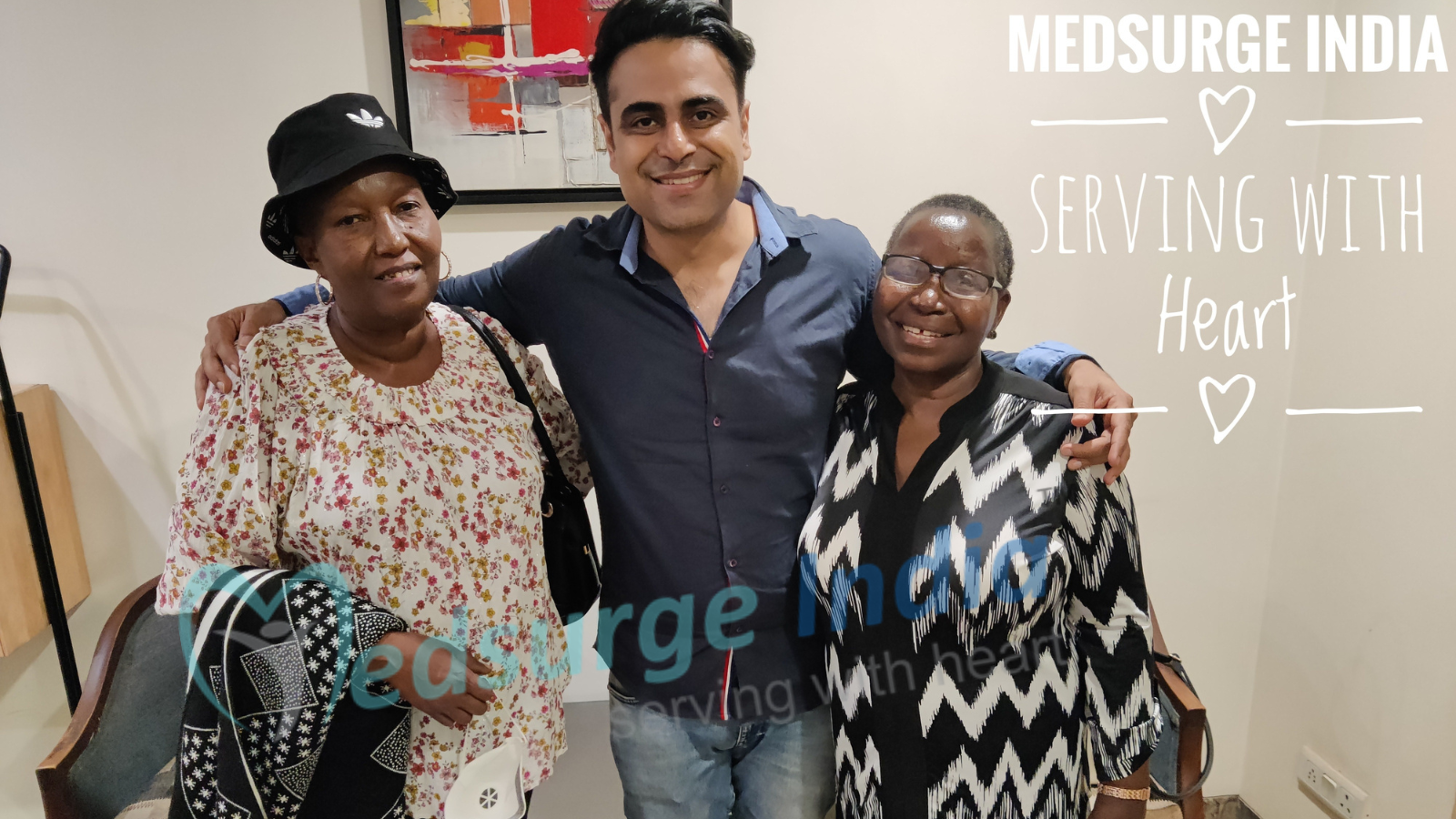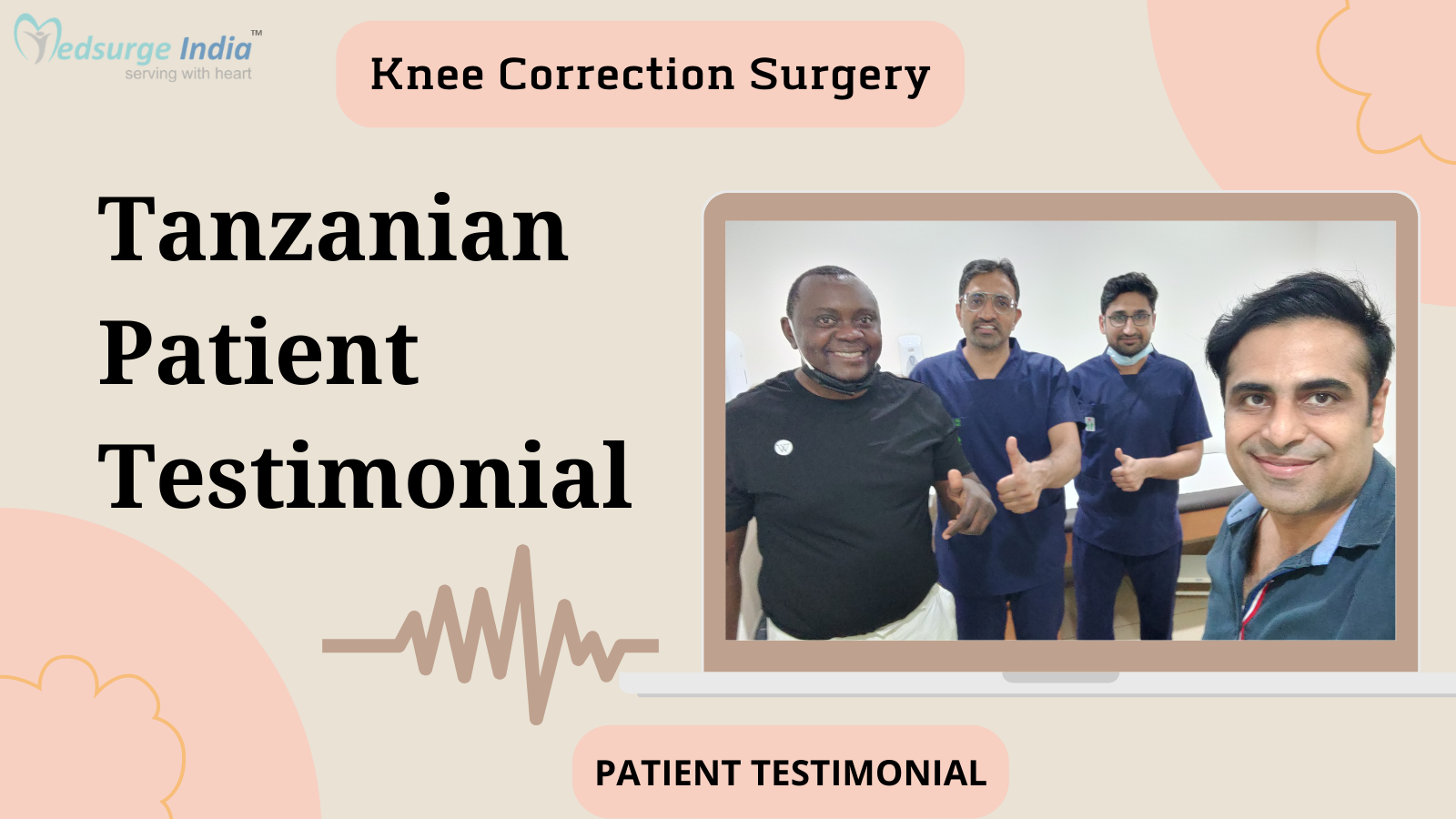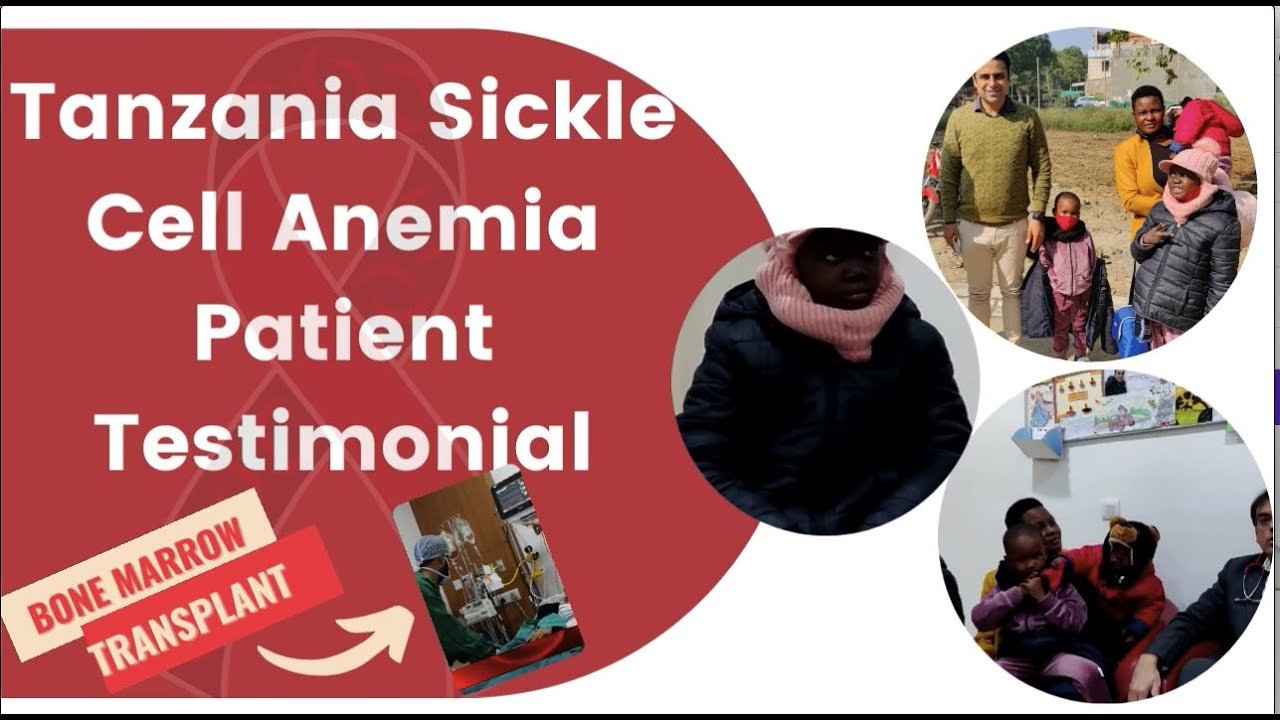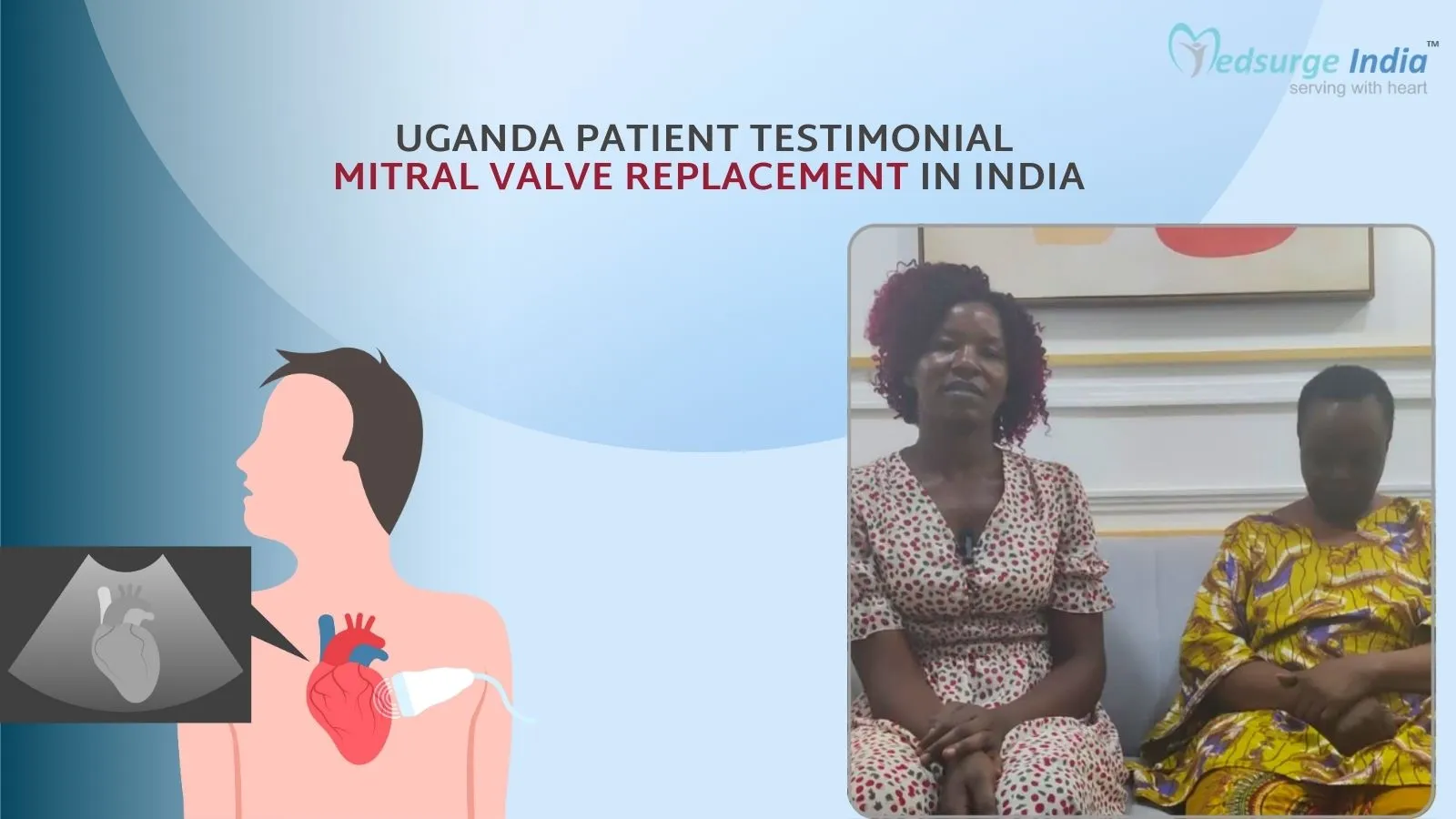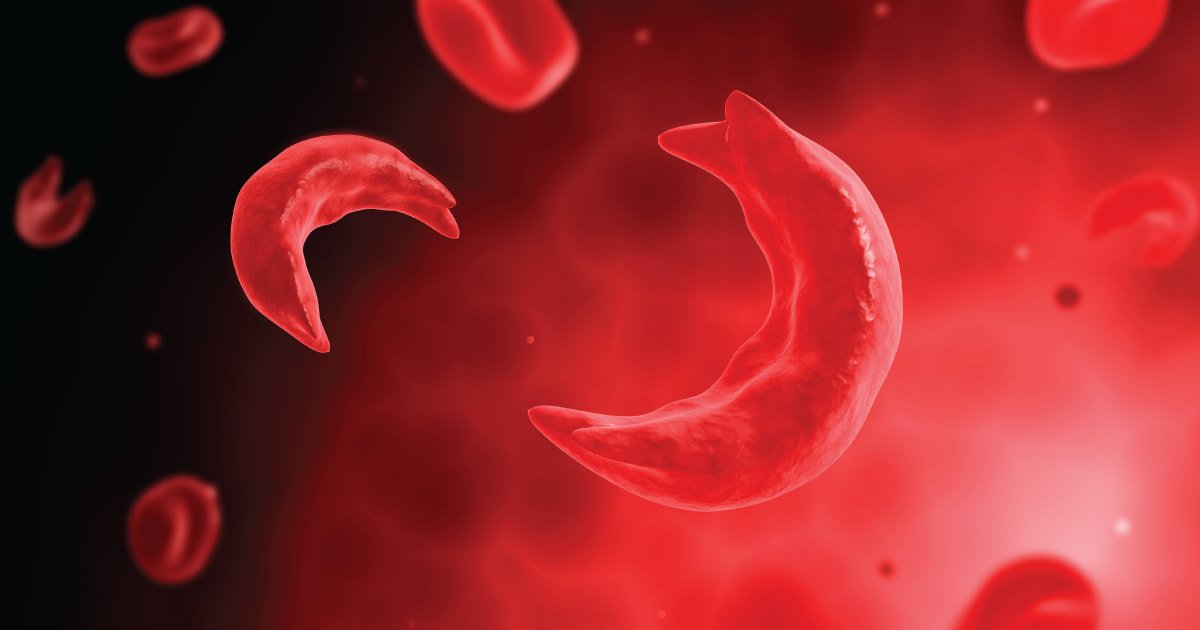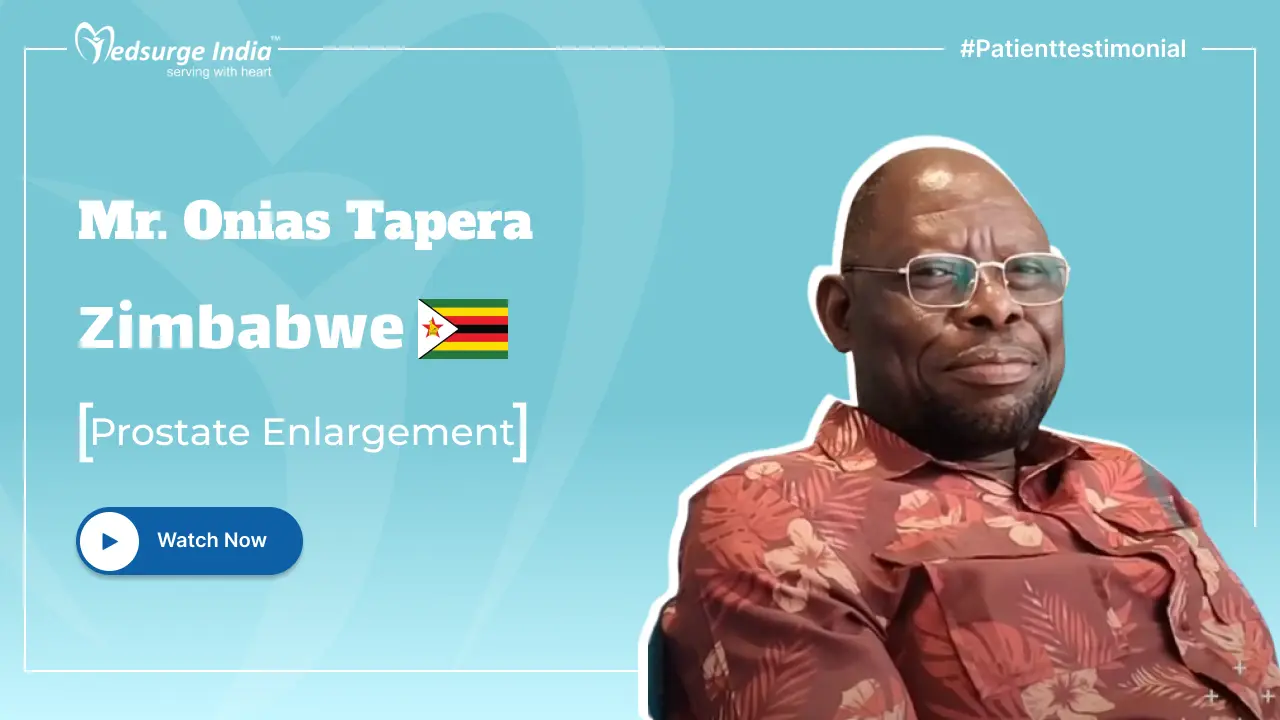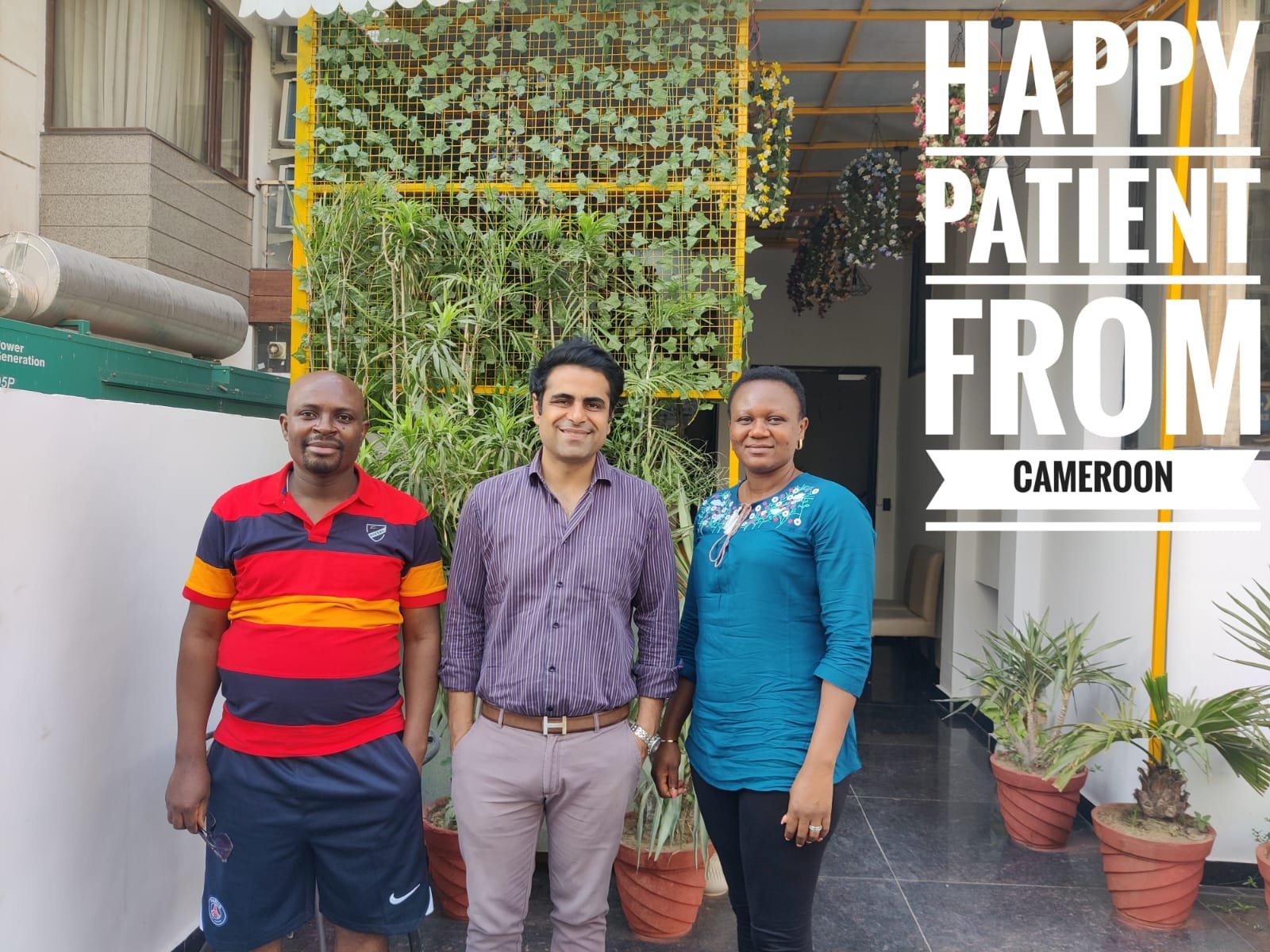
Thailand is a popular choice for Rhinoplasty surgery. Thousands of people travel each year to get Rhinoplasty surgery in Thailand.
The following are the top five reasons why people choose rhinoplasty surgery in Thailand:
- Rhinoplasty in Thailand is performed by highly competent plastic surgeons.
- In Thailand, world-class facilities and cutting-edge technologies are available for Rhinoplasty.
- The cost of rhinoplasty in Thailand is reasonable.
- Thailand offers excellent post-operative care for rhinoplasty.
- Thailand’s rhinoplasty before and after photographs are stunning.
The nose is extremely influential in determining one’s personality. With a well-defined nose in place, the entire contour of the face alters. Rhinoplasty, which literally translates “to mold the nose,” is a cosmetic surgical procedure that improves the appearance of the nose. The nose’s shape and size can be substantially altered to improve the face’s features.
What Is Rhinoplasty?
Rhinoplasty, or nose surgery, is a surgical procedure that changes the structure, shape, and appearance of the nose. Most people choose surgery as a cosmetic operation to improve the appearance of their nose and face. It can, however, be used as a reconstructive or medical operation to correct congenital nose deformities or severe trauma disfigurement.
The surgeon may reduce or increase the size of the nose, restrict the nostril openings, reshape the tip or bridge of the nose, as well as the angle between the upper lip and the nose, or a combination of these procedures. The goal is to improve the appearance of the nose and face while keeping other facial characteristics in proportion and balance.
The doctor will assess whether the individual is a good candidate for nose surgery after an initial consultation. If the answer is affirmative, the surgeon will create a customized surgery plan that is tailored to the patient’s expectations or needs. The surgeon will take into account elements such as facial characteristics, nose skin thickness, and desired alterations.
Why Thailand is Best for Rhinoplasty Surgery?
Thailand has become a popular destination for medical and cosmetic procedures. On a regular basis, major hospitals in Bangkok and other cities treat patients from a variety of countries.
Rhinoplasty in Thailand is a common plastic surgical procedure, and it is performed in accredited and reputable hospitals and clinics. These facilities have a high-end infrastructure, cutting-edge surgical setups, and a well-trained medical staff.
In Thailand, many patients seek revision rhinoplasty, a complicated treatment that necessitates the doctor’s competence and experience. The best rhinoplasty surgeons in Thailand are professionals in the field of plastic and cosmetic surgery who have received worldwide training.
Patients can be confident in their therapy because of their track record of success and positive patient feedback. Doctors are regarded not only for their clinical expertise but also for providing compassionate and tailored care to their patients.
International patients can expect complete comfort and high-quality medical care at Thailand’s rhinoplasty facilities, which are staffed by a skilled medical team and supported by a dedicated international patient services department. Another reason for Thailand’s attractiveness as a medical holiday destination is the country’s affordable rhinoplasty packages.
International patients can take advantage of cost-effective packages that are far less expensive than similar procedures in the United States, the United Kingdom, Germany, Australia, and other countries. As a result, they are able to save a large amount of money on the expense of rhinoplasty surgery in Thailand.
Rhinoplasty Surgery Cost In Thailand
The average Rhinoplasty Surgery Cost in Thailand starts from USD 1100. The patient is required to spend one or two days in the hospital after the surgery. The diagnosis and the facilities the patient chooses will determine the overall cost of the therapy.
Costs of Rhinoplasty surgery In Thailand cities
| Cities | Starting Price |
| Bangkok | USD 1100 |
| Phuket | USD 1200 |
| Chiang Mai | USD 1100 |
Please note that the pricing of the treatment will depend on different variables.
Factors That Can Rhinoplasty Surgery Cost in Thailand
The standard and excellence of medical treatment and amenities are comparable to those of the most prominent healthcare facilities in the world, even after deducting the cost of lodging, meals, and transportation. Following are some variables that can affect Rhinoplasty Surgery cost in Thailand:
- Medical tourism packages.
- Medication costs.
- Duration of treatment.
- Geographical location.
- Hospitalization expenses.
- The choice of treatment modality.
- Government policies and subsidies.
- Hospital reputation and infrastructure.
- The expertise and experience of medical professionals.
- The type and frequency of diagnostic procedures.
Under the direction of the most skilled physicians, Medsurge India provides the most economical Facelift Surgery cost in Thailand for foreign patients.
Who Is the Good Candidate for Rhinoplasty Surgery?
When it comes to rhinoplasty, there are no age restrictions. Teenagers have flocked to nose reshaping as a trendy cosmetic surgery technique. When evaluating a younger patient for rhinoplasty and verifying the procedure’s safety, plastic surgeons are more cautious.
Rhinoplasty is a procedure that can be performed on both men and women who match the following criteria:
- Physical well-being
- Completed facial development (rhinoplasty is rarely recommended for children)
- They are nonsmokers or can give up smoking for four weeks before and after surgery.
- Expectations for the outcome should be realistic.
After a survey, only a doctor can determine whether or not you are a good candidate for rhinoplasty.
For patients of whatever age, the most important thing is to have realistic expectations regarding the operation. Rhinoplasty can improve an existing nose, but it can not make it perfect or give someone else’s nose structure. The cosmetic surgeon will go over the different outcomes and assist you in achieving a natural-looking nose with distinct and aesthetically enhanced features.
Get Free Cost Estimation
Procedure
Rhinoplasty Surgery In Thailand
Under general anesthesia, rhinoplasty surgery takes 1.5 to 2 hours, and thanks to local anesthesia, patients experience the least amount of pain throughout the recovery phase.
Pre-Operative Phase
The patient will have several medical tests and a physical check prior to the rhinoplasty surgery. This is done to see if the person is a good candidate for surgery. The surgeon will discuss the candidate’s desires and expectations for rhinoplasty during the initial appointment.
A date for surgery will be set once all of the evaluations have been completed and the candidate has been determined to be physically and psychologically stable enough to undergo surgery. To further prepare the patient, the doctor will go over the risks, post-operative care, and probable outcomes of the procedure.
During the Surgery
Anesthesia
A local or general anesthetic might be used for rhinoplasty. Most patients undergo local anesthetic to the nose, which may also numb the face, as well as IV sedation to rest the patient while they are still awake, for basic nose surgery.
Incision
The surgeon will make incisions between or inside the nostrils after the anesthetic has been provided. Nose surgery is a highly personalized process, and the techniques employed by a cosmetic surgeon throughout the procedure may differ depending on the patient. This is usually determined by the anatomy of the nose and the intended alterations.
There Are Two Types of Rhinoplasty Techniques in General:
Open Rhinoplasty:
The surgeon creates a small incision under the nose tip and between the nostrils in an open rhinoplasty. This procedure has the advantage of allowing the surgeon more access to the nasal structures, allowing them to be sculpted into the desired shape.
Most cosmetic surgeons employ the open rhinoplasty method for patients who require considerable reshaping and rebuilding for this reason. The scars left by this procedure blend in perfectly with the natural contours of the nose and are barely noticeable.
Closed Rhinoplasty:
The surgeon makes incisions inside the nostril in closed rhinoplasty. This procedure is more usually utilized to make small changes to the patient’s nasal structures in order to achieve desired improvements.
Closed rhinoplasty has the benefit of no visible scarring after surgery. This strategy, however, may not be as suitable for significant rhinoplasty procedures.
Closing the Incision
The surgeon closes the incisions on the nose and covers the nasal skin and tissue with a bandage after the required underlying structure of the nose has been shaped as per the pre-discussed plan.
Additional incisions are sometimes made in the natural creases of the nostrils to change their size. They are also wrapped in a bandage and closed.
Post-Operative Rehabilitation
After a procedure, you should lie down with your head lifted above your chest. It will help to reduce bruising and swelling.
For roughly a week, you must wear a specific splint. Your nose will be protected and supported by this splint.
In addition, for several weeks after rhinoplasty, you must adhere to the following restrictions:
- Physical exercises should be avoided.
- Instead of taking a bath, take a shower.
- Make an effort not to blow your nose.
- Consume foods that are easy to digest. Constipation might cause extra pressure on the stitches, so you should prevent it.
- Control your emotions and refrain from yelling or laughing uncontrollably.
- To avoid damaging your nose, do not pull your clothing over your head (shirts, sweaters, etc.).
Also, for at least 4 weeks after surgery, avoid wearing glasses. You can wear contact lenses at this time.
In a few weeks, the visible swelling will go down, and you can resume your normal routine.
Conclusion
The results of rhinoplasty are long-lasting. Even small alterations of 1-2 mm can make a huge difference in your appearance.
Note that the full result will be seen after about a year; during this time, the swelling will have subsided and the scars will be barely visible if you are unhappy with the outcome, a second nose job can be done within a year of the first.
The Most Important Frequently Asked Questions
Q: What Is the Recovery Period After Rhinoplasty in Thailand?
A: After rhinoplasty, a longer stay is not required. A patient must stay in the hospital for 1-2 days before being discharged. A patient returns for a consultation 5 days after rhinoplasty to have the stitches removed and the outcome estimated.
- After surgery, swelling and bruises fade in 10-14 days.
- After 6 months, the nose takes on its final shape.
Q: What Are the Different Types of Rhinoplasty Procedures?
A: Some commonly performed nose surgeries are:
- Hump reduction
- Tippoplasty
- Alarplasty
- Rhinoplasty with ear cartilage
- Revision rhinoplasty
These procedures can be performed with an open or closed technique based on the doctor’s and patient’s preferences.
Q: Is It Safe to Have Cosmetic Surgery in Thailand?
A: Infection, blood clots, and anesthetic difficulties, to name a few potential issues, are all significant dangers. The vast majority of individuals who get cosmetic surgery, on the other hand, have trouble-free surgeries because of their doctor’s competence.
Q: Is Surgery in Thailand Less Expensive?
A: Overall, Thailand is far more economical than other Western countries, but different hospitals and doctors charge different costs throughout the country, and paying a higher fee might just mean you get better care.
Q: Is Cosmetic and Plastic Surgery Popular in Thailand?
A: Plastic surgery, commonly known as cosmetic surgery, is quite popular in Thailand. The surgeons’ excellent quality and specialized abilities, the first-rate hospital treatments, and the reasonable cost all add up to a pleasing all-around package.
Top Hospitals for Rhinoplasty Surgery In Thailand
Top Doctors for Cosmetic And Plastic Surgery
Dr. Bhumsak Saksri
Consultant
Experience: 37 Years
Samitivej Sukhumvit Hospital, Bangkok
Bangkok, Thailand
Dr. Rungkit Tanjapatkul
Consultant
Experience: 27 Years
Sikarin International Hospital, Bangkok
Bangkok, Thailand
Dr. Preeyaphas Nilubol
Consultant
Experience: 58 years
Bumrungrad International Hospital, Bangkok
Bangkok, Thailand
Dr. Termsak Navykarn
Consultant
Experience: 57 Years
Bumrungrad International Hospital, Bangkok
Bangkok Thailand
Dr. Pichit Siriwan
Consultant
Experience: 37 Years
Samitivej Sukhumvit Hospital, Bangkok
Bangkok, Thailand
Dr. Wichai Surawongsin
Consultant
Experience: 20 Years
Kamol Cosmetic Hospital, Thailand
Bangkok, Thailand
Dr. Damkerng Pathomvanich
Consultant
Experience: 53 Years
Bumrungrad International Hospital, Bangkok
Bangkok, Thailand
Dr. Sorawuth Chu-Ongsakul
Consultant
Experience: 36 years
Bumrungrad International Hospital, Bangkok
Bangkok, Thailand
Dr. Thummanoon Phanomthum
Consultant
Experience: 32 Years
Sikarin International Hospital, Bangkok
Bangkok, Thailand
Dr. Sarut Chaisrisawadisuk
Consultant
Experience: 15 Years
Vejthani Hospital Bangkok, Thailand
Bangkok, Thailand
Dr. Teerasit (Sripan) Sripanidkulchai
Consultant
Experience: 53 Years
Bumrungrad International Hospital, Bangkok
Bangkok, Thailand
Dr. Siripong Luxkanavong
Consultant
Experience: 26 Years
Vejthani Hospital Bangkok, Thailand
Bangkok, Thailand
Dr. Akaradech Attainsee
Consultant
Experience: 24 Years
Kamol Cosmetic Hospital, Thailand
Bangkok, Thailand

